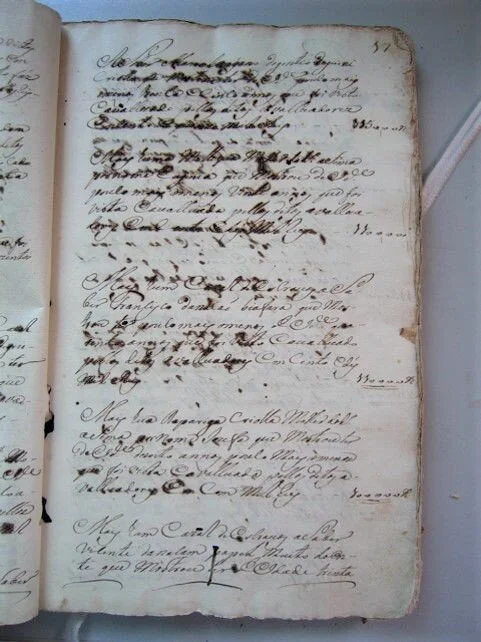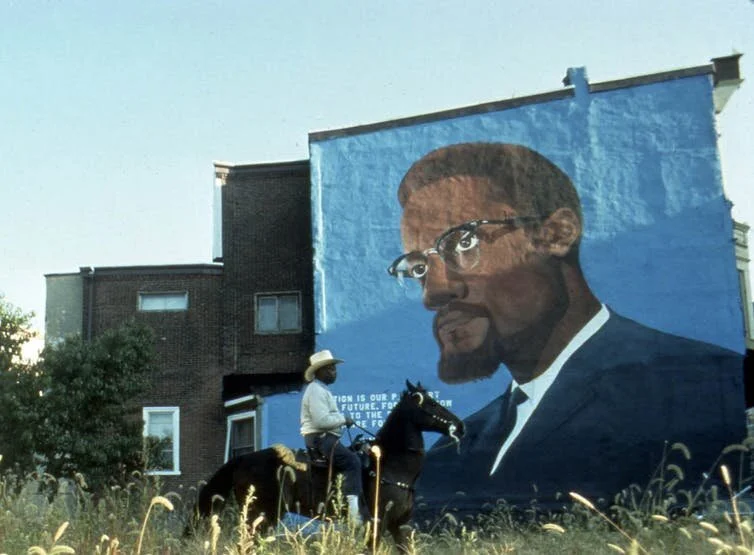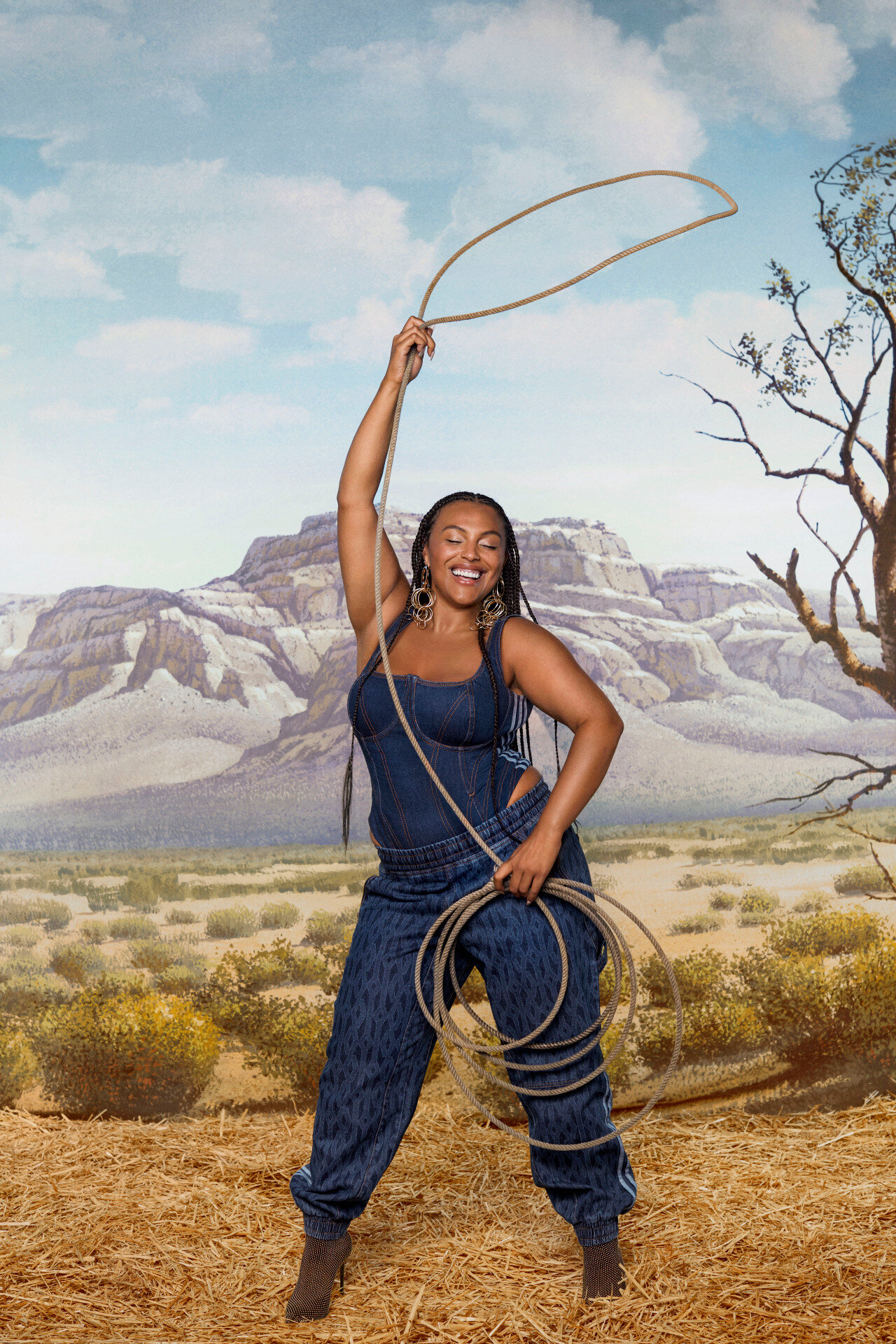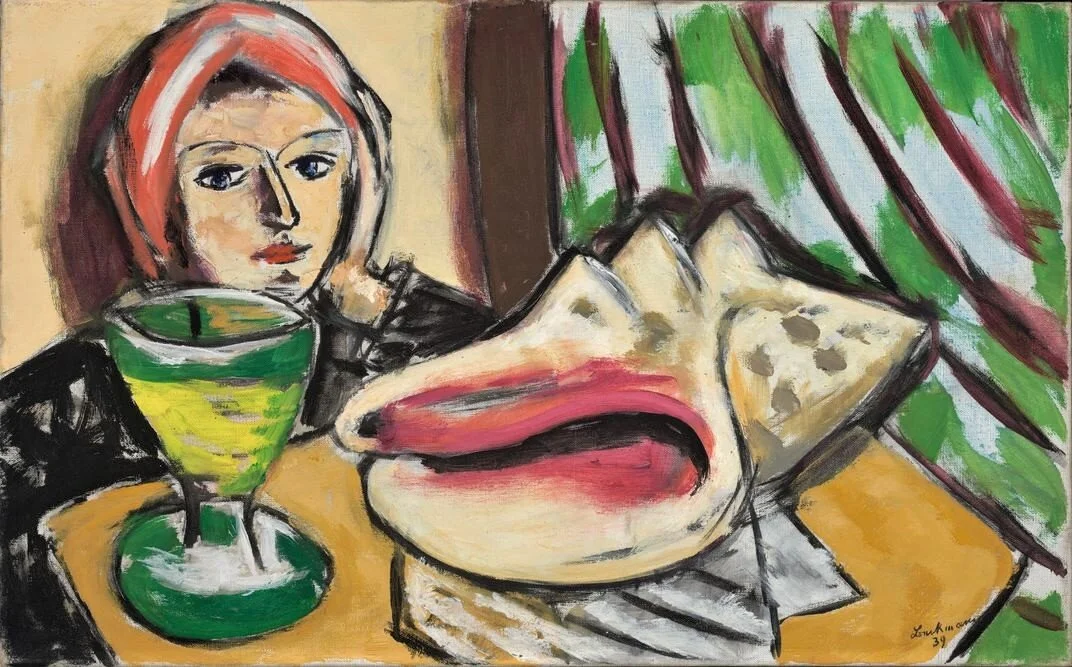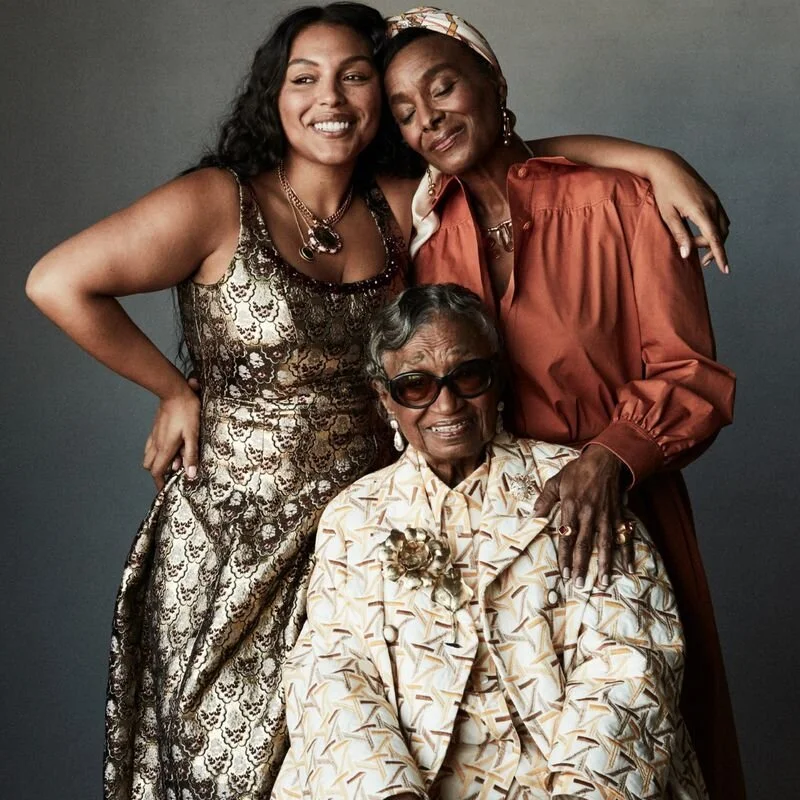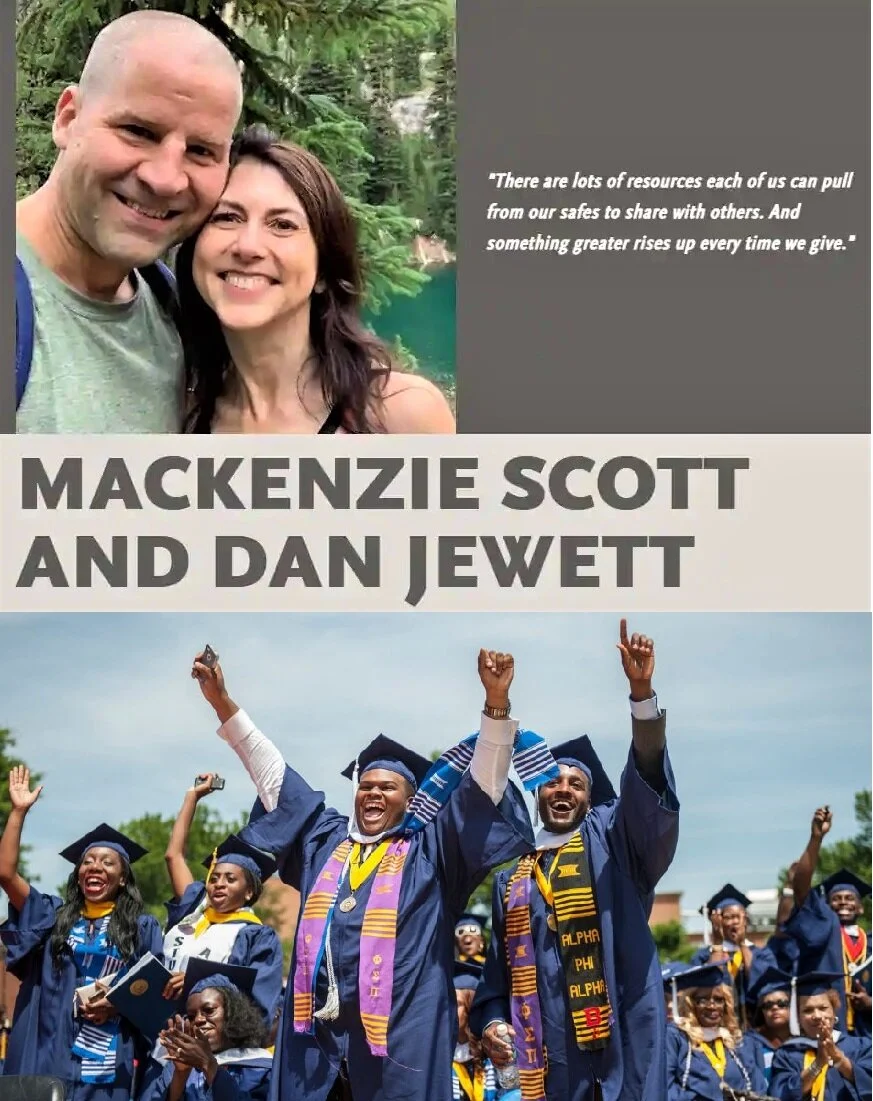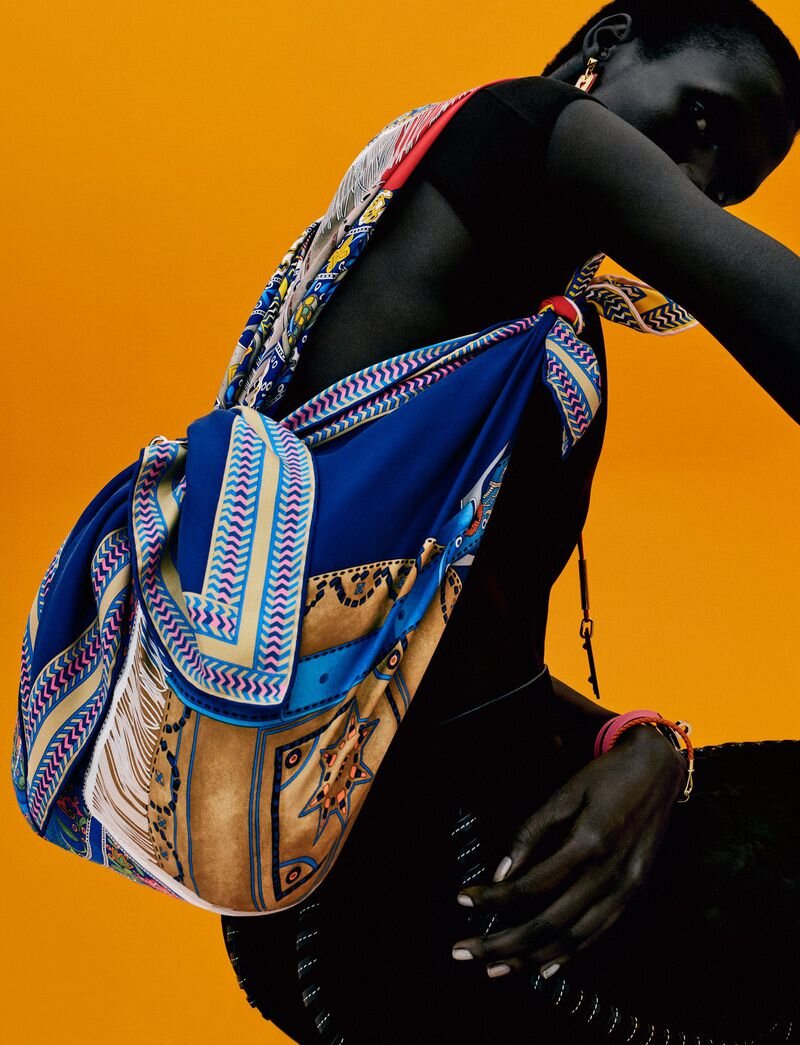A Massive New Database Will Connect Billions of Historic Records to Tell the Full Story of American Slavery
/By digging through archives, researchers can piece together the life stories of the millions of people who were enslaved in the Americas. (Illustration by Romy Blümel)
By Amy Crawford. First published in Smithsonian Magazine
In 1834, a 22-year-old Yoruba man who would come to be known as Manuel Vidau was captured as a prisoner of war and sold to slave traders in Lagos, today the largest city in Nigeria. A Spanish ship transported him to Cuba, where he was sold to a white man who forced him to roll 400 cigars a day (if his pace slowed, he recalled, he would be “stripped, tied down and flogged with the cow hide”). A decade later, however, Vidau secured permission from a new owner to hire himself out, and with his earnings he bought a share in a lottery ticket—and won. That allowed him finally to buy his freedom. He married a fellow former slave, Maria Picard, and they adopted a young relative whose parents had died of cholera. Vidau supported his wife and son by continuing to roll cigars, eventually making enough money to cover their passage to England.
Vidau’s stroke of fortune is known today only because he had a chance encounter with a representative of the British and Foreign Anti-Slavery Society. The organization recorded his story in its journal, which was later shelved in a university library, digitized and eventually collected in an online database called “Freedom Narratives.” Enslaved people like Vidau—torn away from their communities of origin, deprived of the ability to write about themselves and treated as cargo or property in official documents—often left little of themselves to the historic record. Still, even a few facts can shape the outline of a life of sorrow, adversity, perseverance and triumph.
A detail from a page in a 1767 slave inventory from Maranhao, Brazil. It lists the household slaves belonging to a judge in the city, including their ages and birthplaces. (Walter Hawthorne III)
“One of the biggest challenges in slave studies is this idea that people were unknowable, that the slave trade destroyed individuality,” says Daryle Williams, a historian at the University of Maryland. “But the slave trade didn’t erase people. We have all kinds of information that’s knowable—property records, records related to births, deaths and marriages. There are billions of records. It just takes a lot of time to go look at them, and to trace the arc of an individual life.”
Williams, a specialist in the African diaspora of Brazil, is one of the principal investigators of a massive new online database called “Enslaved: Peoples of the Historic Slave Trade,” which will launch in 2020. It aims to serve as a clearinghouse for information about enslaved people and their captors. Headquartered at Matrix, the Center for Digital Humanities & Social Sciences at Michigan State University, and funded by a founding $1.5 million grant from the Mellon Foundation, Enslaved will serve as a hub for many smaller digitization projects, Freedom Narratives among them. For the first time, says Williams, anyone from academic historians to amateur genealogists will be able trace individuals, families, ethnic groups and populations through dozens, hundreds or even thousands of archives, making connections that will enrich our understanding of slavery.
“This tool,” Williams says, “will have the potential to show that even in the context of this horrible crime, there are still threads that hold people’s lives together.
* * *
The study of the historic slave trade depends on numbers—the 12.5 million people kidnapped from Africa and shipped to the New World between 1525 and 1866, the 10.7 million who survived the two-month voyage, the 3.9 million enslaved in the United States just before the Civil War. These figures are horrifying, but at the same time their very enormousness can have a numbing effect, which is why contemporary historians are increasingly turning to biography.
“Individual stories make a difference,” says Leslie Harris, a historian at Northwestern University, who writes about and teaches the history of slavery. “We do need to know the vast numbers that we’re talking about, that this was the largest forced migration in history, but when you begin to talk about these big concepts in terms of individual lives, you can better understand what these things mean.”
The challenge, says Harris, who is not affiliated with the Enslaved project, has been to move beyond the well-told stories of once-enslaved activists like Harriet Tubman and Frederick Douglass. The “linked open data” at the core of the Enslaved archive offers broader possibilities. “This project is so important,” Harris says. “It could help us gain a greater understanding of how people weren’t just swept up in history, but how they spoke back to power, how they fought for their families.”
It’s always been easiest to assemble a vivid picture about people whose lives are well documented, whether in letters, newspapers or official records held in libraries and archives. For that reason, the doings of white people from the upper classes have long made up the core of what Americans and Europeans tend to think of as history.
“For too long, it has been difficult, painstaking and often impossible to write histories of all but a relatively few Americans of African descent, because documents have not been organized in a way that allows that,” explains Walter Hawthorne, a historian at Michigan State and one of the Enslaved project’s principal investigators. “Documentation often exists, but it has not been well preserved, well cataloged and made searchable.”
Historians, of course, have long made good use of various records, from plantation inventories and escaped slave advertisements to personal narratives collected by obscure abolition societies. But those details are housed at far-flung institutions, and not consistently organized. Jane Landers, a historian at Vanderbilt University, set out in 2003 to change that. Since that time, the project called the “Slave Societies Digital Archive” has digitized some 700,000 pages of religious and other documents from colonial Brazil, Colombia, Cuba, Florida and Angola. Unlike in the English colonies, where enslaved people were treated almost exclusively as property, in Spanish and Portuguese America, they “were considered fully human, with souls to be saved,” Landers says. Their life events were faithfully recorded, often by the Catholic church. The earliest of these archives date to the 16th century.
“We keep finding surprises,” Landers says. “We have found records for long-abandoned Franciscan missions in the middle of nowhere in Brazil, for cities that no longer exist in Cuba or in Haiti. Wonderful scholars before me have used some of these ecclesiastics records and incorporated them into studies, but nobody had really studied them at length, or made a point of collecting them.”
By partnering with Enslaved, the Slave Societies Digital Archive can link their work with other collections. Emory University, for example, has digitized records of nearly 36,000 historic slaving voyages and details of 91,491 Africans liberated by naval courts, which will also be included in “Enslaved.” The Matrix team at Michigan State hosts an open access archive about enslaved people in Louisiana, which includes names, ethnicities and occupations of individuals listed in government records. And Harvard’s Hutchins Center for African and African American Research, led by Henry Louis Gates Jr., is contributing a selection of its collected biographies of people of African descent.
“What we want to do is take a portion of everyone’s data and put it in one big pot,” says Dean Rehberger, the director of Matrix and another of Enslaved’s principal investigators. “Then we can see if the same person appears in more than one, and we can build up these fragments and put them together.”
It turns out there’s a surprisingly simple way to turn life histories, ship manifests, census records and other information into machine-readable data: the semantic triple, which involves entering information in three-part sentences, each with a subject, a predicate and an object. “It’s something like, ‘Maria Picard was born in 1822,’ or ‘Maria Picard married Manuel Vidau,’” explains Rehberger. Such three-part units of information can be mined from any biography, list, article or directory, and then linked to other information units in a vast network. Thanks to modern computing power, so-called “triplestores” now exist with hundreds of billions of entries on every topic imaginable.
The Michigan State team has spent two years building their own vast network of triples. But the project, they realize, may never be complete. The historic slave trade lasted nearly 350 years and touched millions of lives, and there remain undiscovered or little-known troves of information around the world. Even a family Bible could hold a valuable data point. So in addition to acting as a database for existing slavery information, Enslaved will also offer a publishing platform for data, with a peer-review process modeled after scholarly journals.
“Historians tend to just go out and collect what they want, whatever they need for their particular thing,” Rehberger says. “But what if you actually went to a physical archive thinking in larger terms, that this is something that could be of value to others? We want people to see that publishing data is an important part of humanities research, just like it is in the sciences. And isn’t it interesting to think that digital humanities is going to be led, transformed even, by slave studies?”
* * *
After Manuel Vidau and his wife, Maria Picard, set sail for England, they hoped to be able to return to Lagos and reunite with family they had last seen decades before. It isn’t known if they ever made it home. But perhaps, in some ship’s manifest or census record waiting to be digitized and connected, there lies a clue to the fate of this ordinary man who made a life for himself against all odds.
Still Standing
A preservationist races to save the poignant domestic legacy of the nation’s slaveholding past
When Jobie Hill first stepped over the threshold of a slave house, her experience was visceral. “You notice the size, the amount of light, the ventilation,” she says, “and you can imagine what it would have been like for you, personally, to live there.”
Hill, an Iowa architect specializing in historic preservation, has spent the past seven years visiting former slave dwellings. At each location, she records GPS coordinates, makes photos and sketches a site plan. She adds these drawings to a digital database, called “Saving Slave Houses,” which currently includes 145 sites across the United States. When possible, she includes descriptions of the homes from the enslaved African-Americans who lived in them.
A slave house in Prince William County, Virginia, in 1959. (Library of Congress.)
To locate the slave houses, Hill relies largely on a government survey from the 1930s that included about 500 of them. There’s an urgency to her work because most of these buildings remain in private hands and aren’t protected sites. Often, property owners don’t even know their sheds, cottages or outbuildings were slave quarters until Hill gets in touch.
While many slave houses are in disrepair, Hill says the fact that they’re still standing at all, more than 150 years after emancipation, is often a testament to the skill and ingenuity with which enslaved people built them. As Hill says, “These were not just helpless, hopeless people.”
Editor's note, December 18, 2019: An earlier version of this story mistakenly swapped the photo captions for the letter by Cleto Congo and the 1767 slave inventory.

